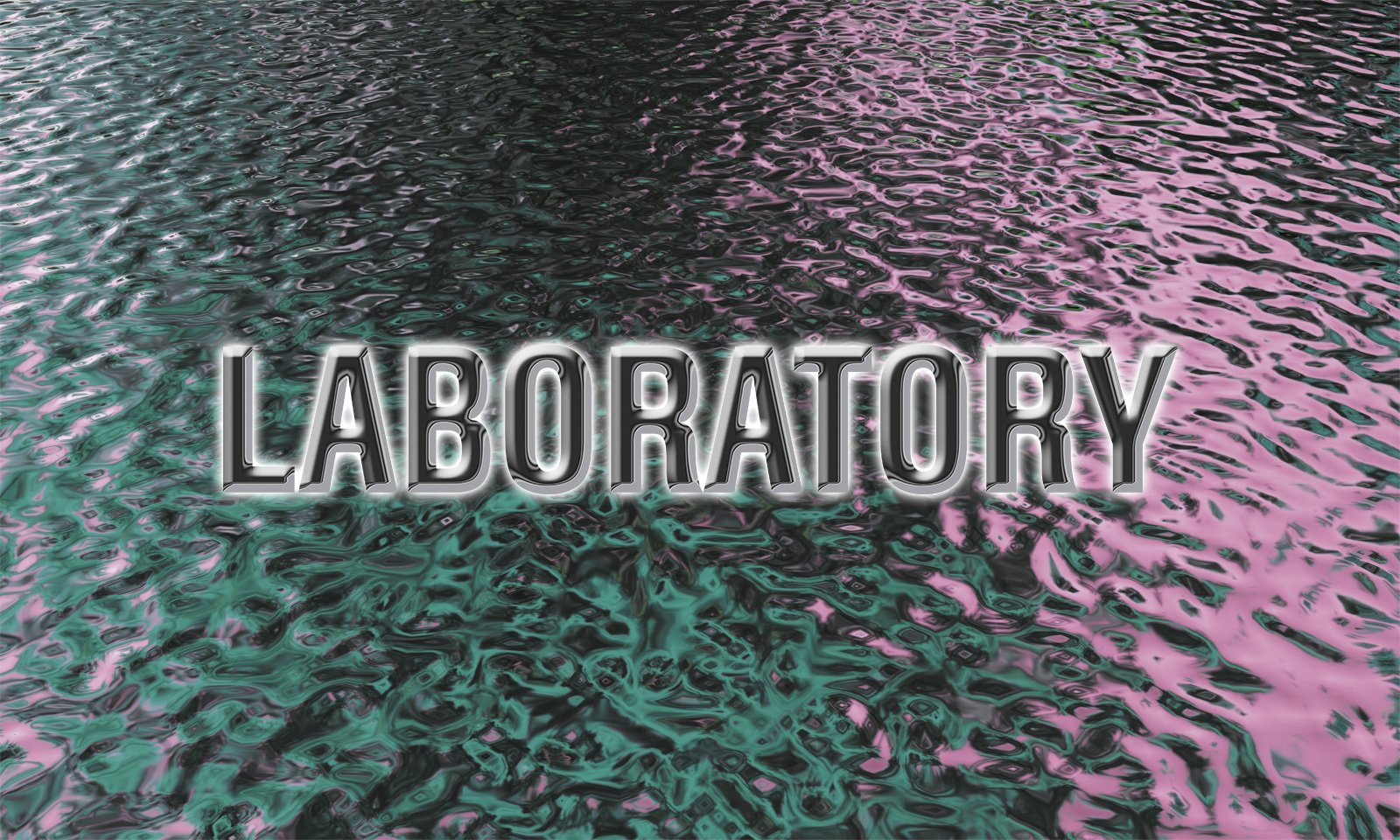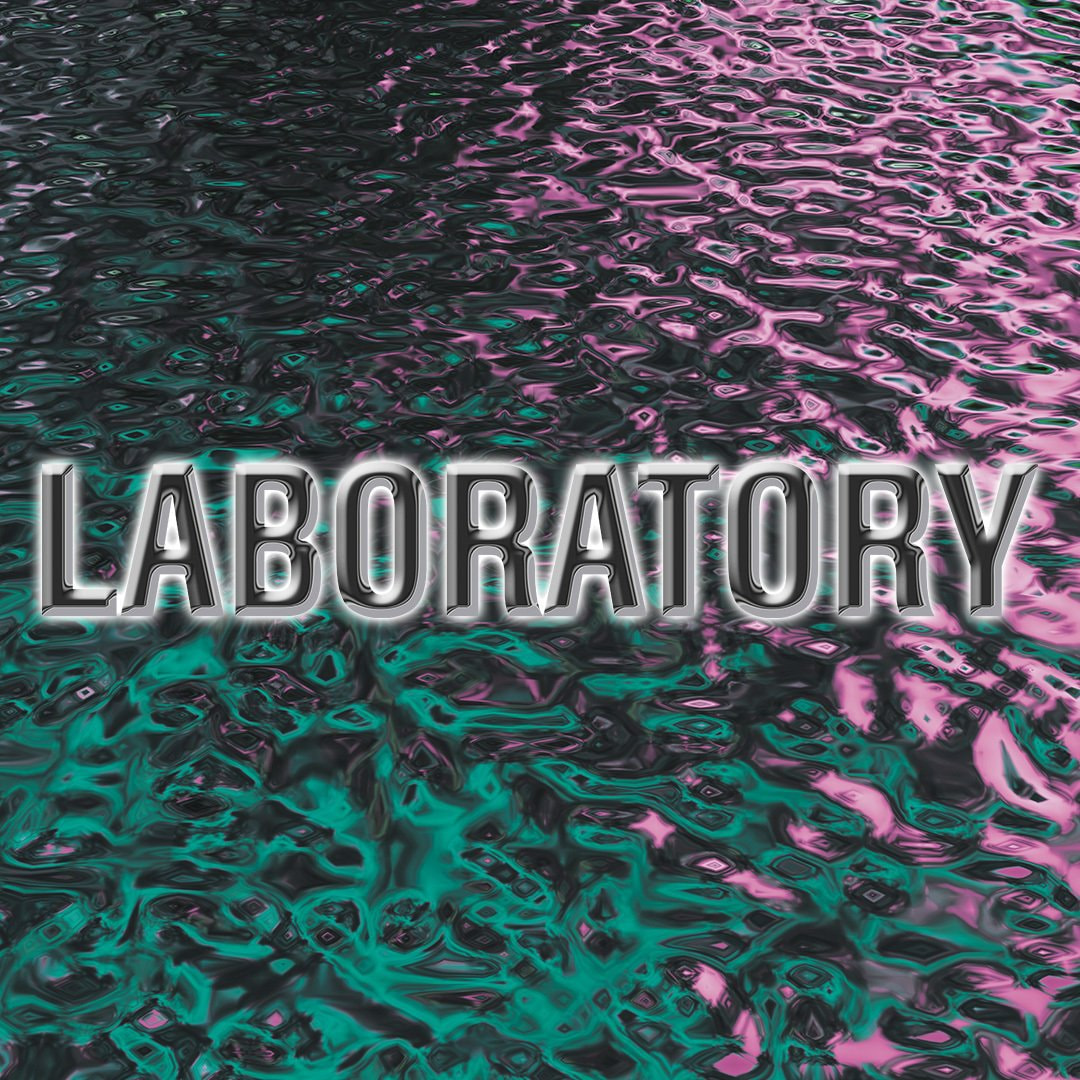In the first part of IAM, the Lab will be the venue for a series of exhibitionary and educational experiments. The space will be divided into several “laboratory compartments,” each of which will present a local research project.
Fab Lab Moscow is the local representative of an international network involved with 3D printing, scanning, and modeling. In Fab Lab’s fully-equipped workshop, visitors will be able to experiment with the production of objects using 3D printing. In addition, Garage has announced an open call for artists wishing to use this technology for modeling and production of prototypes for sculptural objects. Selected artists will work alongside Fab Lab instructors.
Garage x Helena Nikonole is a partner project between Garage and Russian media artist Helena Nikonole that presents the Museum as a place where art is produced on-site, eliminating the physical and symbolic distance between the artist’s studio and the exhibition space. Over the course of four weeks, Helena Nikonole, for whom neural networks are an important tool, will focus her attention on sound. Using an iMac Pro, Apple’s most powerful computer, she will work with a neural network to produce fundamentally new signals from a variety of sounds (from noise to electronic acoustics, from classical music to animal noises and birdsong). This investigation will form part of the artist’s long-term project which studies different approaches to the analysis and generation of sound using neural networks. She will also work on a visual embodiment of her research and attempt to find correspondences between the two channels of information.
Screening/Let’s Play is a zone bringing together videos and films that have obvious structural defects: plotless films with deformed visuals; footage passed through a special code which acts like a filter created by a neural network; a film with a deliberately complex, convoluted narrative that never becomes linear. A series of evening sessions, Let’s Play, will examine a phenomenon in the world of computer games where people (designers, artists, fans) create games consisting entirely of bugs, system errors, and faults. The computer game has been a bastion of linear logic, with clearly defined tasks and distinct oppositions, but in a fluid and unstable world, objectives increasingly become a collection of strange, muddled movements, pointless tasks, and unintelligible choices. Sessions will be commented on by a range of specialists, including streamers, visual anthropologists, and art historians.

